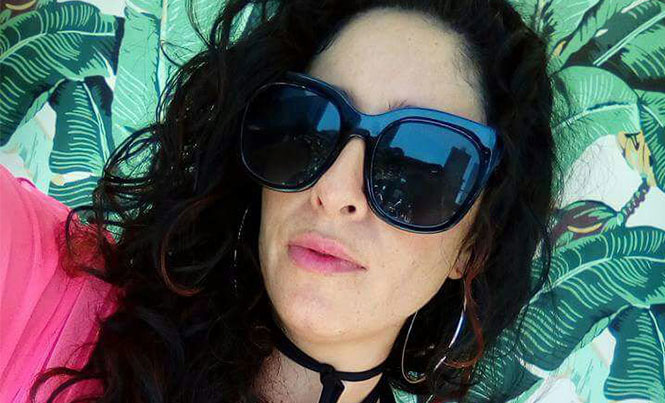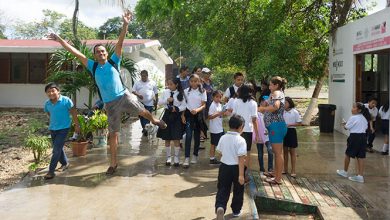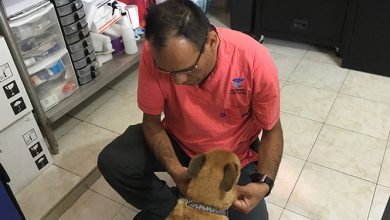Mexican Moda Online – La Fashioneria del Mar
A local designer opens an online platform for Mexican fashion

I had the opportunity to witness great talent by women from Quintana Roo on Friday, November 24. The one that caught my eye was Flora Capistran, a fashion designer. I am nowhere near a fashionista, but I must admit that I enjoyed La Fashioneria del Mar’s beach collection fashion show at the Gran Bazar Navideño. It was hosted at the Jardín del Arte in Selvamar, for the one-year anniversary of the group Círculo de Mujeres Quintanarroense. This group was created on Facebook by two friends with the idea of women supporting each other, and the event clearly showed a great alliance among them.
I am a lover of the Mexican rebozo and the cheerful embroidery as well as the sexy dresses. I believe that all women have something in their body to show off, it is beautiful!”
Flora Capistran
La Fashioneria del Mar
Flora Capistran is the co-owner of the online boutique La Fashioneria del Mar alongside Martha Merino. She moved to Playa del Carmen 12 years ago, leaving behind a successful fashion career in a large business in Mexico City. While fighting a hemorrhagic dengue, she decided to turn her life around. She went from housewife to fashion attire designer!
When Flora started designing and creating clothes at home, she was only selling them to close friends and family. Life brought her to meet Sandra Chain, known for hosting Top Ten back then. Mrs. Chain invited Flora to her radio show called ‘Las Comadrejas’ (gossip girls). Flora covered the fashion section of the show for three years, successfully. With her talent, she opened her first ever clothing store in Cancun in 2008 and in 2011, another one in Playa. Flora states “I am a lover of the Mexican rebozo and the cheerful embroidery as well as the sexy dresses. I believe that all women have something in their body to show off, it is beautiful!”
Her achievements made her long-time friend and ex-colleague, fashion designer Martha Merino join her on that journey two years ago. Together, they opened the Facebook and Instagram online store ‘La Fashioneria del Mar’, open to all local designers as a sales platform in the Mexican Republic. They are looking to soon cross borders! We invite you to see their next fashion show at LesMex – Posada on December 16. More details coming soon!
https://www.facebook.com/La-Fashioneria-DEL-MAR-1055845217769215/







